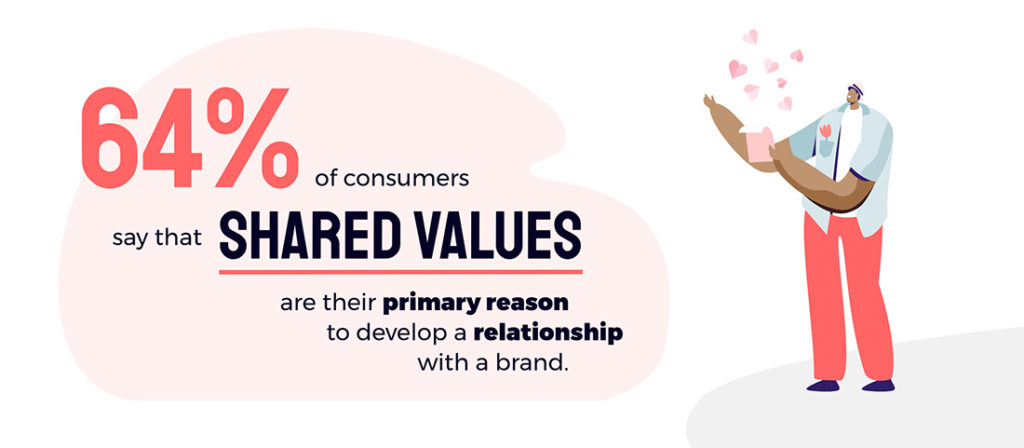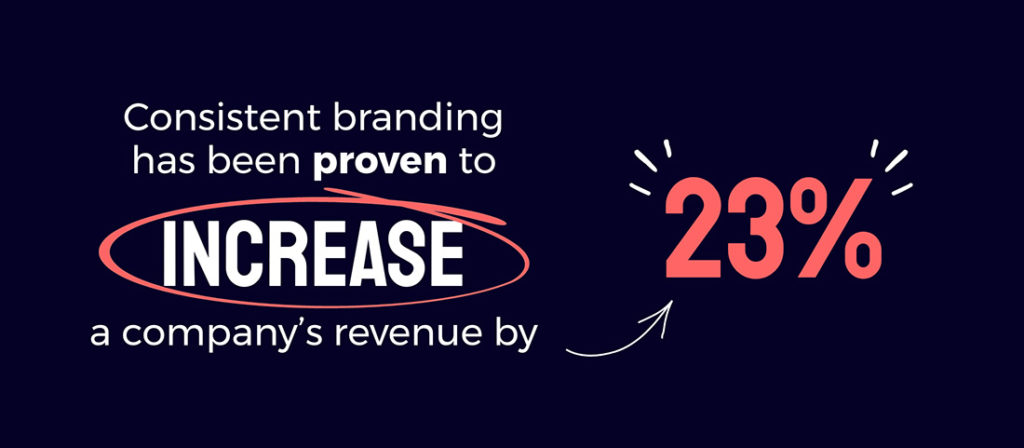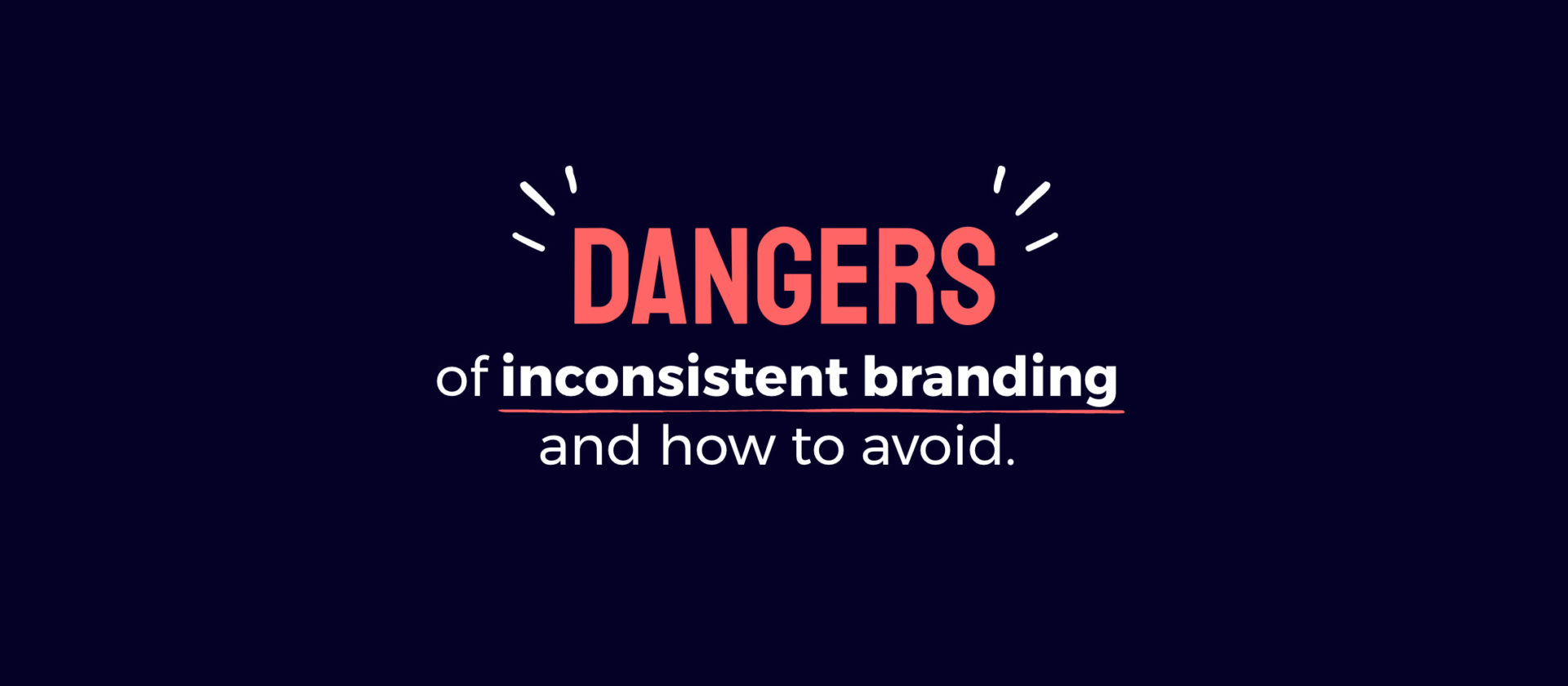Inconsistent branding can damage the trust between you and your audience, confuse their understanding of your mission, and negatively impact your profits. Find out how to control the consistency of your brand identity, even when you have multiple content contributors.
Picture this
You’ve been working away from home for three days. Your days have been a chaotic cacophony of business meetings, networking events, fancy dinners and coffee catch ups. The hotel you’ve been staying in was nice, clean, had all the comforts of home, but it wasn’t home. You couldn’t fully relax, only drift restlessly in and out of sleep each night.
But today is the last day. You just need to get through an all-hands meeting, and you can drive home. The meeting is productive and exciting, and you share some ideas you’ve been developing, which are well received. But it’s now mid-afternoon, and no amount of caffeine or collaboration is going to revive your weary self. As your CEO closes the session, you spring up, grab your bags, say your goodbyes and race to the car. If you can just move fast enough, you’ll beat the traffic and get back to your home and your family and, most importantly, your bed. There’s no time to waste.
Three hours into the drive, and two more to go. That initial adrenaline rush to get moving has well and truly dissipated. It’s been five hours since you had so much as a biscuit and your stomach is making its anger known. You notice your energy dropping more with every mile that passes. But your irritation towards the other drivers on the road is steadily increasing. Every radio station is just playing incessant noise, but the alternative – silence – shines a spotlight on your hunger. And then, like two angels descending from the heavens, you see them. The golden arches.
Say that again
The world’s most recognisable brands aren’t ingrained into our brains because they have great logos, or they chose the perfect colour palette, or their tagline is exactly what every one of us needed to hear. It’s because they are consistent. McDonald’s use the golden arches in every ad, usually as the focal point. And we’ve all heard “I’m loving it” so many times that all someone need do…do do do do…is sing five notes and we can’t help ourselves. It’s like trying not to join in with the chorus of Sweet Caroline in a karaoke bar. Impossible.
You can’t design a logo that’s going to be instantly memorised by everyone who sees it. No tagline is so catchy that we’ll be able to read it once and recall it when we’re 80. Humans learn through repetition, so if a brand wants to be remembered, they need to keep coming back with a consistent visual story.
Why does my brand need to be recognised?

You can’t rely on consumers buying products based purely on merit. We’re emotional creatures and, a lot of the time, we buy from brands that we connect with emotionally. In fact, 64% of consumers say that shared values are their primary reason to develop a relationship with a brand.
We align with the brands that we think say something about who we are. And how do we know what they say? Because they’ve said it over and over again through their marketing. Their use of silvers and purples tells us they’re a luxury brand and we will be seen as living a luxury lifestyle if we buy from them. Their politically-charged campaigns let us know that they stand for the same things we do. The use of circles in their logo shows a caring togetherness with us, their consumers. Where we spend our money speaks volumes about who we are, even if only to ourselves.
If my products are good, who cares about my logo?
Your brand is your organisation’s identity. Customers see brands like people, and they decide whether a brand is the type of person they want to spend their time, money or energy on. If your product has the exact same features and benefits as your competitor’s, your branding is what will set your apart. It’s the story you tell to the world, but if you have inconsistent branding: if your story sounds and looks one way on your website and another in your Instagram captions, your audience are going to have a hard time bonding with you.
When a brand delivers the same branding at every interaction, they begin to feel like an old, dependable friend that we’ll trust to advise and help us. But if the branding changes every time we meet, the company’s credibility is undermined by their inconsistent branding. Not only do we not find this affinity, we don’t see how you can help us solve our own problems. After all, it seems as if you can’t even keep yourself in check. An inconsistent brand screams lack of care at best, and incompetence at worst. And with 41% of consumers saying that consistency is the most important factor when it comes to brand loyalty, you can’t afford to be playing with their trust like this.
Of course, consistency isn’t the only factor when it comes to building an Apple-esque cult following. You also need to provide a great service. But you’d be mistaken if you thought service alone was enough. Delight without consistency is like that mate that’s super fun, but getting them to commit to, and actually turn up to, an event is close to impossible. You just can’t depend on them, so you’ll soon stop trying and move on.
The price of inconsistent branding
Inconsistent branding has both a direct and indirect impact on a company’s profits. Whether it’s loss of revenue from customers who lost trust in you, investment wasted on campaigns that didn’t align with your promise and vision, or the time you’re spending correcting inconsistencies across the content your teams are producing, the devastation spans far and wide. It’s no wonder that consistent branding has been proven to increase a company’s revenue by 23%.

“Branding is the sensory presentation and reinforcement of everything a brand promises to deliver.”
Ken Carbone
Brand consistency begins with co-ordinating your assets across every internal and external touchpoint. This includes the obvious spaces, such as your website, brochures, campaigns, and social media accounts. But it also includes the hidden inconsistencies, such as the stories your teams are telling and your presentation materials. Your presentation could be the final nudge a prospect needs to invest in your vision and partner with you, so it’s crucial that your story isn’t just strong, emotional and persuasive, but it’s exactly what they expect from your brand.
Don’t confuse your audience with an inconsistent brand story
Though your story is communicated both visually and through the words you say, let’s focus on the latter for now. After all, your narrative and message need to be established first, before you step anywhere near a design studio.
An inconsistent brand voice is a missed opportunity to connect with customers. Your voice should speak to them…you know what I mean. It should reflect how they speak, using language that will resonate with your target market. If you do this right, you’ll create a strong and clear reputation, which will boost and reinforce your unique value to your customers.
A core narrative that forms the basis of every presentation you give is an easy way to establish consistency. This doesn’t mean you need to train your sales team to be robotic clones, spouting the same exact words without passion or personality. But creating a master deck that can be used to answer any audience problem can give them a strong framework that they can add their unique personality to.
Presentations are about persuading your audience that you’re the solution to their problems, but you’ll never achieve that if they don’t understand what you do or what you stand for. Give everyone in your company this information in bullet point form, check their understanding, and then let them relay that in a way that feels right to them.

Once more with personality
If you have lots of people within your company creating content, likelihood is you have a tone of voice guideline to steer them. And if you don’t, you need to do that before you do anything else. A tone of voice guideline establishes the non-negotiables of your brand personality, and the basic copy rules that will make all your content sound unmistakably like you.
If you don’t have a full guideline, you can start by choosing three or four adjectives that describe the personality of your company. Are you fun or no nonsense? Chatty or to the point? Or are you rebellious, animated, and brazen? No, wait. You can’t have those. You’re not Buffalo 7.
In-depth guidelines are a solid way to ensure every person is hitting the right notes when they write, but establishing your personality is a good first step towards consistency.
Doesn’t it make sense that we write our presentation story?
You’re right. You’re the experts in you, no doubt. But your company story – your corporate presentation – isn’t about you.
You need to be telling this story with your audience in mind. Thinking about their challenges, dreams, pain points, and then letting them know how you can help them. We start every project with a discovery workshop, where we get to know you, and your audience, so that we can find the persuasive messages amongst all your passion. After all, you might be too close to uncover it. We can communicate your values in a way that will inspire your audience into action, and into a long-term relationship with you, by showing how you care about the things that matter to them. We can capture their hearts and minds and make sure your core brand story is unforgettable.
By combining your expertise and ours, we can create a core story that will resonate in any room you present in, meaning there’s no need to change it for each audience and risk inconsistency. Get in touch now to talk about our discovery workshops and storytelling service in more detail.
Inconsistent visual branding
When it comes to monitoring the consistent use of your brand visual identity, there’s a lot to think about, and a lot that could go wrong. But, as the human brain recognises images faster than words, building familiarity through visual consistency is a smart move. Just as with your tone of voice, one way to tell your teams what’s expected of them when it comes to creating on-brand visual content is by providing a brand guideline.
But an easier way, when it comes to your presentations, is to set all the rules up in a template, so all they need to do is add content. By working with a presentation design agency, you can get your hands on a robust and easy-to-use PowerPoint template that has all your branding rules built into the Slide Master. Your colours, fonts, images and logo placement can all be prescribed, giving you and your team loads less things to think about whenever they need to create compelling slides.
When a template is built and tested correctly, your team would have to go out of their way to create a presentation that’s not on brand. Why not chat to us about your template project?
How consistency influences culture
Your company culture is as much a part of your brand identity as your logo. Culture covers a large spectrum, but a key influencer in your culture is in how supported and developed your people are. If people feel as though their company is dedicated to providing the training and tools they need to succeed, not only will their success be positively affected, but so will their wellbeing and esteem. Your teams will be happier, more productive, and higher performing if they feel empowered.
If you have team members who present regularly, it’s your responsibility to make sure they’re prepared, knowledgeable and confident. PowerPoint training sessions can be the best way to give your whole team everything they need, from storytelling theory to PowerPoint tips that make using their new template even easier, to presentation training that will make sure they deliver your consistent message with confidence. And you’ll be setting yourself up to blow the competition out of the water, as you’ll join the tiny minority of businesses that provide their teams with presentation training.
Consistent, not stagnant
Your audience’s needs will change over time, and your company needs to stay ahead of these changes, while always staying true to your vision. Brands lose their way when they forget to prepare their brand identity for these changes, forget to update their messaging to remain relevant to the present day, and forget to apply the changes across all materials.
By starting a long-term relationship with a presentation design agency, you will not only gain an extension of your marketing team that understands your brand as well as you do, but you will also have a partner that’s ready to update all your presentation materials whenever you need, while keeping your brand voice and visuals consistent.
Build lasting relationships through trust
The decision makers you present to need unwavering confidence in your brand before they commit to partnering with you. Providing a consistent experience from the very first time they lay eyes on your brand until they hit go on your 100th project together, and beyond, tells them that you are a reliable and authentic brand. A brand they can trust. Set the right expectations and get ready for that cult following.
For more delicious consistency morsels, check out our brand consistency webinar or read about how we helped the teams at Totalmobile deliver consistency across all their communications.


